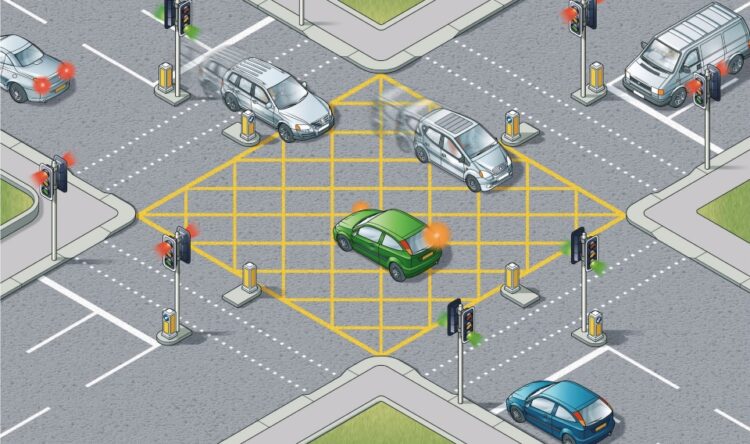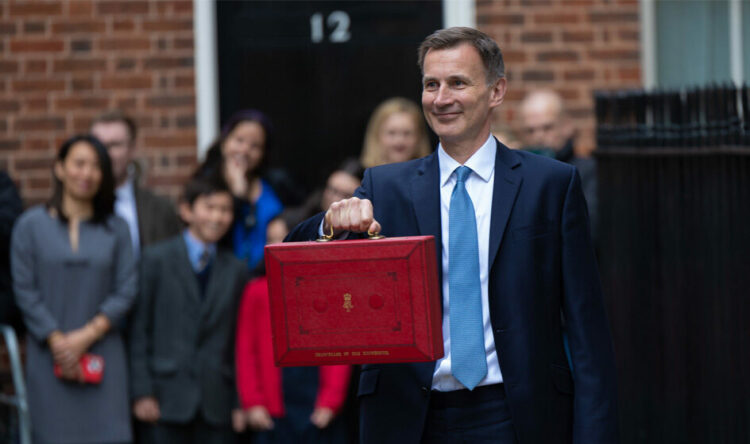A hole in the expenses
Pothole damage drains peoples pockets
The pothole issue is getting deeper.
That is the conclusion of the latest report by KwikFit.
Repairing damage caused by potholes to vehicles hit £1.48 billion last year.
Keep on digging
KwikFit’s annual PIT Report (Pothole Impact Tracker) reveals that the cost of repairs for pothole damage in 2023 represented a 61% increase in the six years.
In 2018, the annual cost of pothole damage caused to vehicles was £915 million.
However, Kwik Fit figures suggest that last year’s bill was down on the £1.67bn reported by the company in 2022.
Between 2018-2024, £9.5bn has been spent on vehicle repairs caused by pothole damage.
Kerching
Over the past year, vehicles suffering pothole damage faced an average repair bill of £120, with costs exceeding £300 for 660,000 cars.
For cars needing repairs after hitting a pothole, the most commonly damaged components were tyres (51% of cases), wheels (34%) and suspension (27%).
One in eight (12%) pothole damage repairs included bodywork, 10% involved steering components, and 8% saw exhaust damage.

Slow to act
The research also found that in almost half (45%) of cases, the damage caused by hitting a pothole was not immediately apparent.
One quarter (26%) of drivers suffering damage said they identified the problem when they checked the car in the days following the impact.
However, nearly one in five (19%) say the damage was only identified when they took their car to a garage and had it checked by a professional.
Kwik Fit has found that 60% of drivers say they have hit at least one pothole a week, up from 57% a year ago.
In a related finding, 54% of drivers say the road surfaces in their area have deteriorated over the past twelve months, up from 48% in 2023.
Only 10% say they have improved, down from an already meagre 15% this time last year.
Bumpy ride
Roger Griggs, communications director at Kwik Fit, says the roads are just getting worse, year on year, as their annual reports have highlighted.
Last year, Prime Minister Rishi Sunak promised to address the problem of record investments using money from the cancelled HS2 rail project.
Motorists are yet to see any real change in tarmac conditions.
“We know that council budgets are ever more stretched,” states Griggs. “But poor road surfaces hit the UK in the pocket through the damage they do to the nation’s vehicles.
“Potholes are not just an issue because of the cost to drivers, they present a risk to people’s safety.”
Disappointing forecast
Roads in England and Wales are at “breaking point” due to potholes, with repairs at an eight-year high, according to The Asphalt Industry Alliance (AIA).
They say councils were expected to fix two million potholes in the current financial year, up 43% on the previous year and the highest annual total since 2015-16.
However, AIA’s annual report found that 47% of local road miles were rated as being in a good condition, with 36% adequate and 17% poor.
Average highway maintenance budgets increased by only 2.3% in the 2023-24 financial year compared with the previous 12 months.
But the impact of rising costs due to inflation meant local authorities “effectively experienced a real-terms cut”.
Meanwhile, the amount needed to fix the backlog of local road repairs has reached a record £16.3bn, up 16% from £14bn a year ago.
Money money money
Officially, 37,000 miles of local roads are judged to be in poor condition and risk becoming undriveable within the next five years. A further 100,000 miles of local roads would need to be rebuilt in the next 15 years.
Kwik Fit’s analysis comes after the RAC reported that it had attended almost 8,000 (7,904) breakdowns due to bad road surfaces in the first quarter of 2024 , up 53% from the last three months of 2023.
Over the past year, pothole-related breakdowns are up by 10%, with the RAC attending 27,205 breakdowns, 2,299 more than the 24,906 incidents it attended the previous year.
Compared to 2006, when the RAC first began tracking these faults, drivers are now nearly twice as likely to experience pothole damage.






